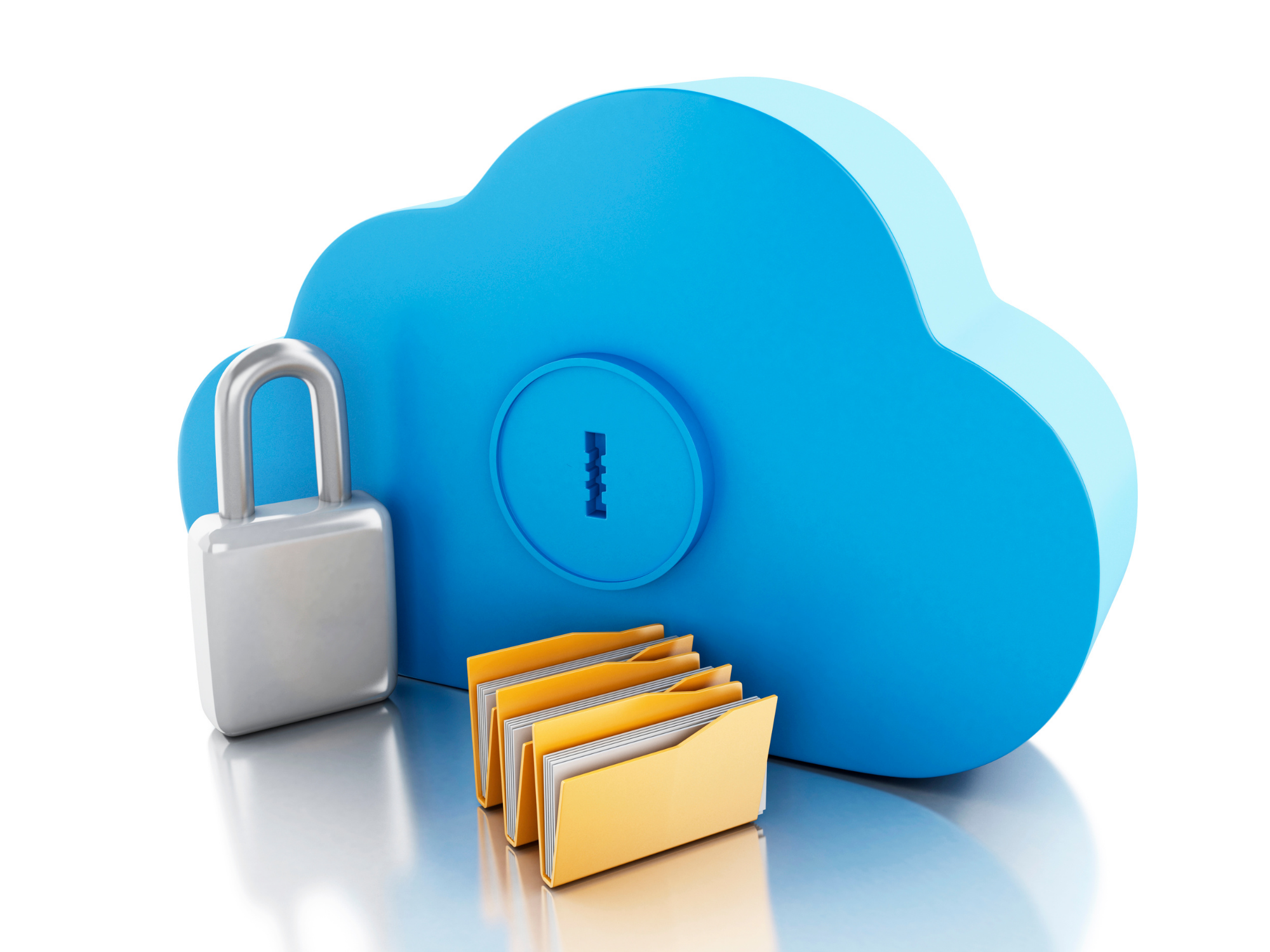Electronic trial master file (eTMF), a content management system used to capture, manage, share and store operational and study documents, has become an integral tool in modern day clinical research processes. Trial master file is required under Good Clinical Practice (GCP) guidelines for the evaluation of trial conduct. Put differently, a properly structured TMF is a major contributor to ensuring inspection readiness. And as the life sciences industry continues to step out of the era of paper files and further into the digital age, the need for cloud-based eTMF software has grown significantly.
This became all the more clear as an increasing number of requests from TrialKit users came in for eTMF that could be used alongside the rest of their eClinical toolkit, so we set out to create a solution that would help them address their document management pain points. As an eClinical platform purpose-built for research teams to rapidly and continuously design, deploy, and manage studies, we aimed to add trial master file technology to TrialKit that allowed for quick implementation and required no programming skills. Aside from the fundamental features and functionality you expect out of an eTMF system, we wanted to introduce you to some of the features that set TrialKit apart from the rest. Dive into this post to learn about the innovative ways we’ve developed our solution to optimize how you maintain your essential clinical documents throughout the course of your studies.
Fully integrated eTMF system
Utilizing a TMF or rudimentary content management system that’s disparate from the rest of your eClinical environment presents a number of challenges – added costs, disjointed workflow, and poor departmental collaboration just to name a few. These detrimental factors have the potential to interfere with inspection readiness, and the study could suffer as a result. At CDS, we see trial master file technology as part and parcel of the data collection and study management experience – something that can easily be integrated into your existing workflow. That’s why we’ve unified eTMF with the rest of the TrialKit platform.
But what does this mean for users and why is it beneficial? To start, it consolidates all documents into a central location, thus eliminating the time you’d otherwise spend tracking down what you’re looking for. Instead of housing essential documents in two or three different databases, you can collect and store them alongside study data with a platform like TrialKit.
Additionally, structured data from electronic data capture (EDC) or electronic patient-reported outcomes (ePRO) can be saved directly to eTMF within the same platform. TrialKit enables study builders to map any given form to eTMF when configuring the study. This all contributes to a cleaner and simpler audit trail that eases the burdens surrounding inspection time.
Managing documents and their associated tasks at a granular level
Much like the rest of the TrialKit platform (EDC and eSource, ePRO/eCOA, eConsent, CTMS, RTSM, medical coding, etc.), eTMF is highly configurable and flexible to best fit to the needs of the study. It was mindfully developed to give research professionals the ability to truly micromanage data and documents and their associated tasks in an ultra-efficient way. The folder structure and hierarchy can be defined to fit host or study requirements, and folders and their contents can be easily copied for rapid recreation.
Account administrators also have the ability to determine the permissions for who can access different components of eTMF. For instance, you could approve access to users at a granular level (on a file-by-file basis), or you could grant access to all files and folders for those who require access to everything. Similarly, administrators can configure permissions to dictate who should be a “view only” user and who has the rights to edit/modify within eTMF. Say goodbye to user limitations that drive up costs, too. TrialKit TMF is focused on getting the job done – add as many users as you need.
When it’s important to meet deadlines, TrialKit eTMF offers a file expiration feature. The file properties allow for defining an expiration date. Once a file has been fully reviewed, a date of expiration is stamped and when that day is reached, the file will be made into a task for the file owner/creator. This helps to stay on top of time-sensitive updates throughout the life of a study.
It was our goal to design an eTMF that adapts to our clients’ studies rather than forcing studies to adapt to eTMF, and we’re excited to offer a solution that provides this versatility.
Accessing files on-the-go
Imagine being able to access, review, edit, and sign documents on your phone or tablet from virtually any location at any time. These tasks shouldn’t leave you tethered to your computer, and you no longer have to. It’s possible today to pull your iPhone out of your pocket while on-the-go or away from your desk to address assigned tasks, quickly preview a file, upload a new document, and more.
TrialKit allows users to access eTMF with its downloadable app for iOS and Android. As a fully featured native mobile app, all other modules of TrialKit are available on the app as well (i.e., EDC, eConsent, ePRO/eCOA, RTSM, medical coding, and reporting). Lack of accessibility should no longer be a valid excuse for delays and hold-ups amongst your team. This can be easily avoided with a mobile-oriented solution!
The future of eTMF (hint: blockchain technology)
Perhaps the most unique – and exciting – aspect about TrialKit eTMF is blockchain-readiness. Along with the rest of the TrialKit platform’s eClinical functions, it’s now possible to enter and store data on an immutable and verifiable blockchain. At the writing of this blog post, Crucial Data Solutions will be a pioneer in delivering this technology to the life sciences industry.
Applying blockchain to the study document management process presents a number of benefits, including improved data integrity and verifiability. By anchoring documents and data into blockchain, they become immutable (i.e., indelible and unalterable – learn more about immutability and how it works). The use of an immutable ledger is particularly advantageous in clinical research, as the accuracy and consistency of data is a primary driver of success.
Further, the continuity and longevity of data recorded into blockchain is favorable to life sciences organizations who wish to maintain greater control over their data. It ensures that data doesn’t become siloed and stuck in an obscure location, such as an EDC system you no longer use. Data that exists on blockchain is permanent and remains there indefinitely, no matter what, and this data is owned by you (the organization collecting and managing the documents and data for your studies).
As we all learn about and become acquainted with blockchain technology and its applications in our space, it’s worth noting that it does nothing to affect the end user’s daily experience in the eTMF tool. It simply works transparently and behind the scenes to record the transactions that take place. The world is moving rapidly in a direction where blockchain is used to decentralize and innovate our everyday activities; from banking and entertainment to supply chain management and retail, we’ll begin to see it pop up in our lives more and more. When it comes to the research you’re conducting, using blockchain in one of your studies to manage your essential documents is a great place to start.
Learn even more about TrialKit eTMF here. Got questions or curious how to leverage it in your studies? Contact us today and a member of our team will be happy to help.




